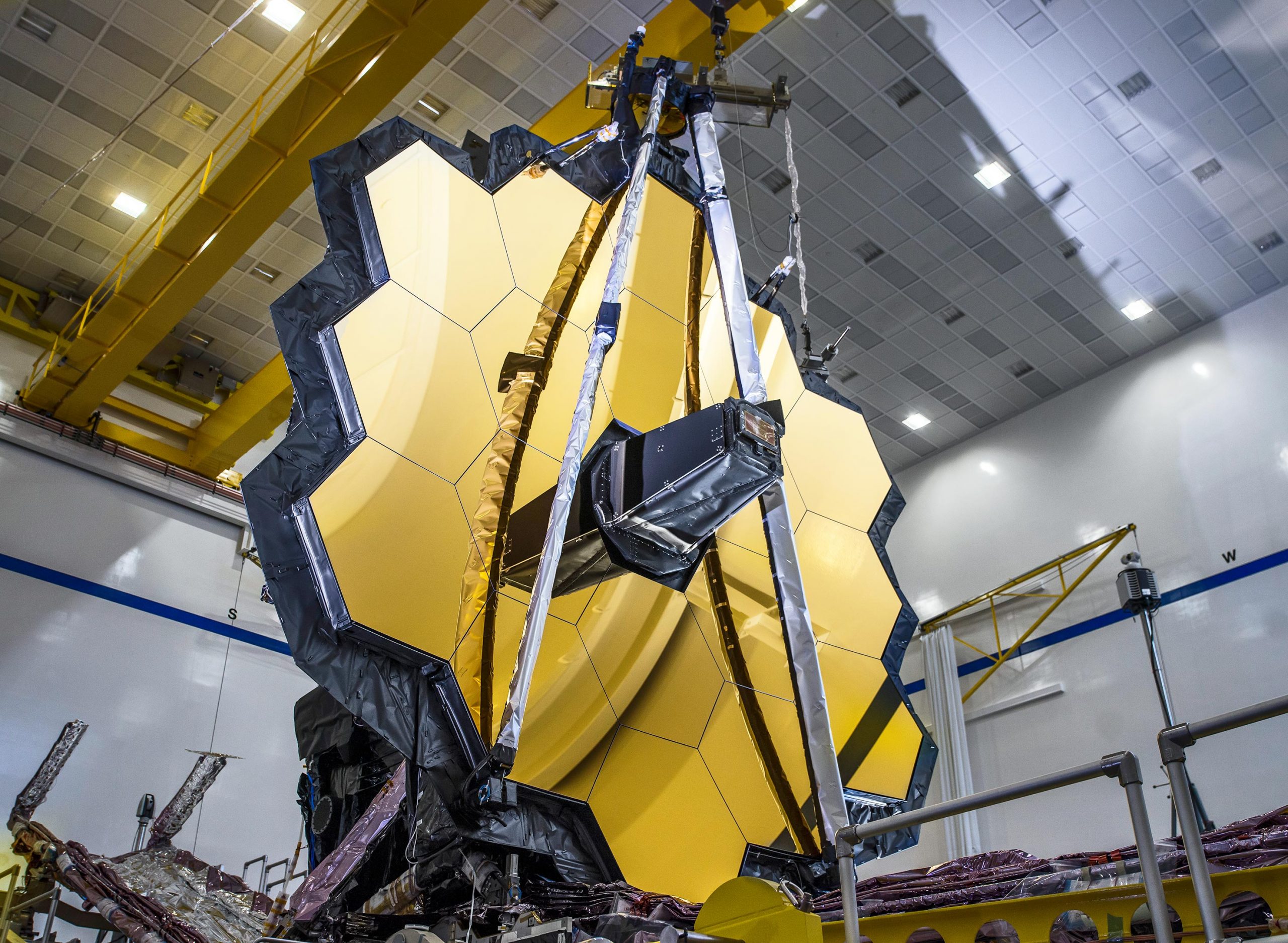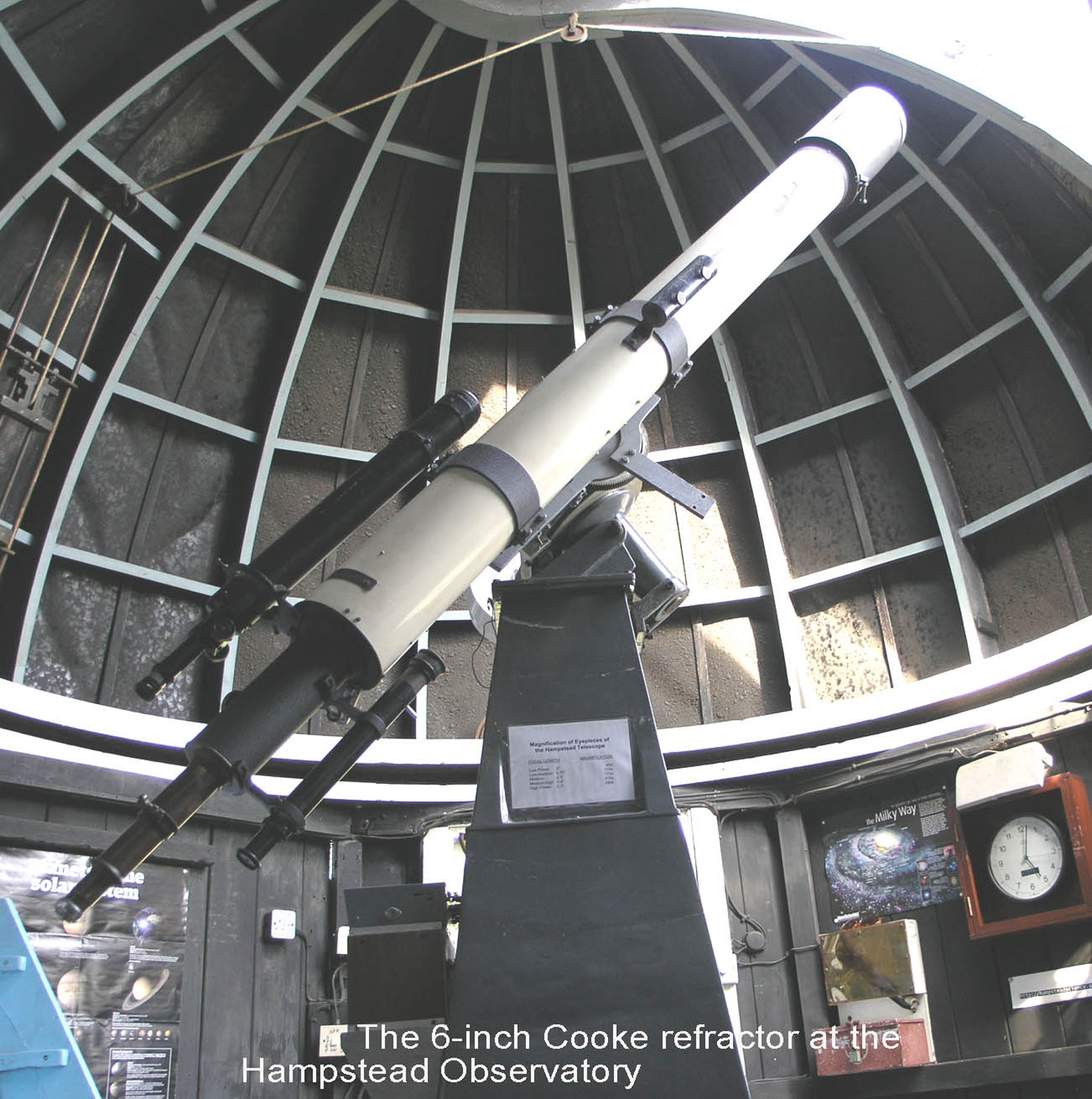

Hold one magnifying glass (the bigger one) between you and the paper.
 Get the two magnifying glasses and a sheet of printed paper. The James Webb Space Telescope launched on December 25, 2021. What is the James Webb Space Telescope doing right now? Could the atmospheres of some exoplanets hold the building blocks for life? We will find out soon! The James Webb Space Telescope will help to study the atmospheres of exoplanets. Our solar system isn’t the only home for planets! Scientists have discovered thousands of planets orbiting stars other than our Sun. Animation credit: NASA/ESA/Dani Player (STScI), Music credit: Steve Combs It will be hunting for signs of life on other planets.Ĭould life survive on this faraway planet? Astronomers study the light from stars and planets to see if they might have the ingredients for life. Why are the mirrors gold? A thin layer of gold helps the mirrors reflect infrared light! The mirrors fold up inside the rocket, then unfold to form one large mirror in orbit. So, engineers gave the Webb telescope 18 smaller mirrors that fit together like a puzzle. It’s very difficult to launch a giant, heavy mirror into space. ( Check out our telescopes page to learn more about how space telescopes work.) The bigger the mirror, the more details the telescope can see. Space telescopes “see” by using mirrors to collect and focus light from distant stars. It uses giant, gold-coated mirrors to see the universe.Įngineers inspecting the Webb telescope’s mirrors at NASA’s Goddard Space Flight Center. The temperature difference between the sun-facing and shaded sides of the telescope is more than 600 degrees Fahrenheit! The telescope’s sunshield is about the size of a tennis court. Just like you might wear a hat or a visor to block the Sun from your eyes, Webb has a sunshield to protect its instruments and mirrors. The Webb telescope’s cameras are sensitive to heat from the Sun. This animation shows how the sunshield will unfold when the Webb telescope reaches its home in orbit. It wears a "hat" to help block heat and light from the Sun. Stars and planets form inside those dust clouds, so peeking inside could lead to exciting new discoveries! It will also be able to see objects (like the first galaxies) that are so far away that the expansion of the universe has made their light shift from visible to infrared! The James Webb Space Telescope will use its infrared cameras to see through dust in our universe. Firefighters use infrared cameras to see and rescue people through the smoke in a fire.
Get the two magnifying glasses and a sheet of printed paper. The James Webb Space Telescope launched on December 25, 2021. What is the James Webb Space Telescope doing right now? Could the atmospheres of some exoplanets hold the building blocks for life? We will find out soon! The James Webb Space Telescope will help to study the atmospheres of exoplanets. Our solar system isn’t the only home for planets! Scientists have discovered thousands of planets orbiting stars other than our Sun. Animation credit: NASA/ESA/Dani Player (STScI), Music credit: Steve Combs It will be hunting for signs of life on other planets.Ĭould life survive on this faraway planet? Astronomers study the light from stars and planets to see if they might have the ingredients for life. Why are the mirrors gold? A thin layer of gold helps the mirrors reflect infrared light! The mirrors fold up inside the rocket, then unfold to form one large mirror in orbit. So, engineers gave the Webb telescope 18 smaller mirrors that fit together like a puzzle. It’s very difficult to launch a giant, heavy mirror into space. ( Check out our telescopes page to learn more about how space telescopes work.) The bigger the mirror, the more details the telescope can see. Space telescopes “see” by using mirrors to collect and focus light from distant stars. It uses giant, gold-coated mirrors to see the universe.Įngineers inspecting the Webb telescope’s mirrors at NASA’s Goddard Space Flight Center. The temperature difference between the sun-facing and shaded sides of the telescope is more than 600 degrees Fahrenheit! The telescope’s sunshield is about the size of a tennis court. Just like you might wear a hat or a visor to block the Sun from your eyes, Webb has a sunshield to protect its instruments and mirrors. The Webb telescope’s cameras are sensitive to heat from the Sun. This animation shows how the sunshield will unfold when the Webb telescope reaches its home in orbit. It wears a "hat" to help block heat and light from the Sun. Stars and planets form inside those dust clouds, so peeking inside could lead to exciting new discoveries! It will also be able to see objects (like the first galaxies) that are so far away that the expansion of the universe has made their light shift from visible to infrared! The James Webb Space Telescope will use its infrared cameras to see through dust in our universe. Firefighters use infrared cameras to see and rescue people through the smoke in a fire. 
This light is called infrared radiation, and we can feel it as heat. The James Webb Space Telescope sees the universe in light that is invisible to human eyes. Infrared cameras can see through dust and smoke. The James Webb Space Telescope is about the same size as a tennis court and about as tall as a 3-story building! Credit: NASA/JPL-Caltech The telescope will unfold, sunshield first, once in space. The Webb telescope is as tall as a 3-story building and as long as a tennis court! It is so big that it has to fold origami-style to fit inside the rocket to launch. Here are some fun facts about the James Webb Space Telescope: It will also be able to observe objects in our solar system from Mars outward, look inside dust clouds to see where new stars and planets are forming and examine the atmospheres of planets orbiting other stars. The telescope will be able to capture images of some of the first galaxies ever formed. It will allow scientists to look at what our universe was like about 200 million years after the Big Bang. The James Webb Space Telescope is the largest, most powerful space telescope ever built. Credit: NASA’s Goddard Space Flight Center (modified) An animation illustrating what the James Webb Space Telescope Looks like.







 0 kommentar(er)
0 kommentar(er)
